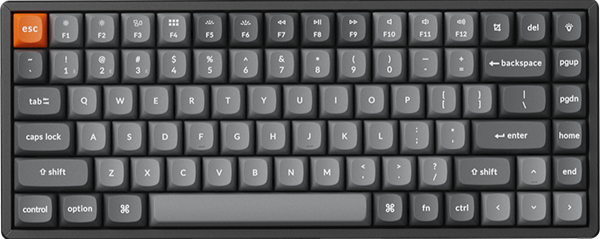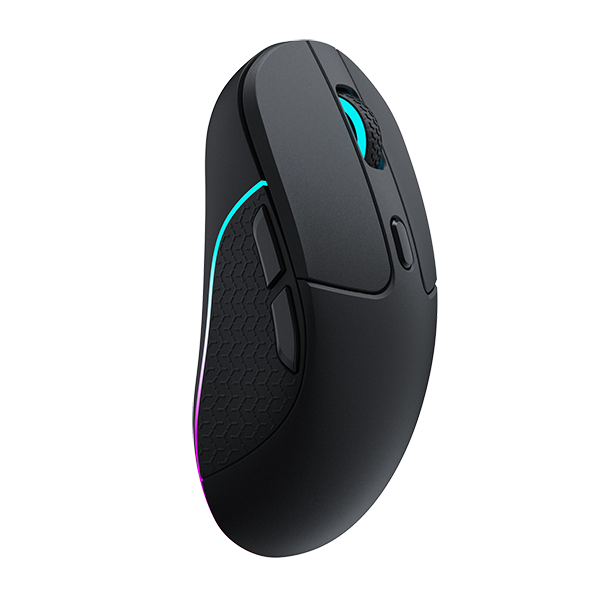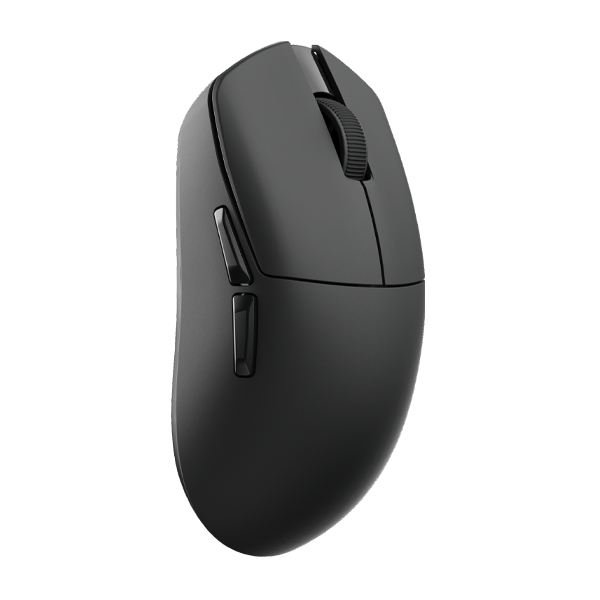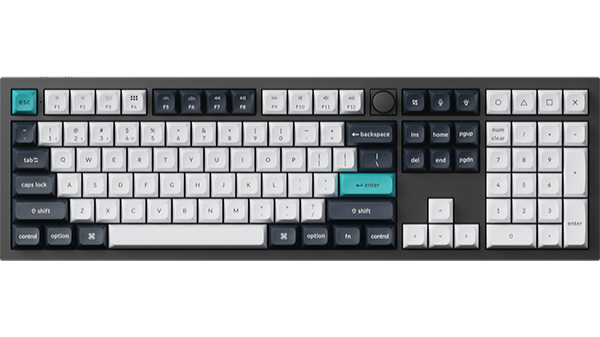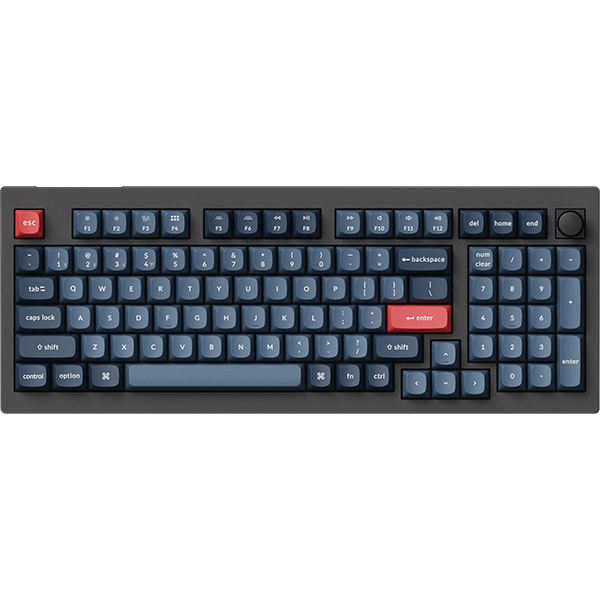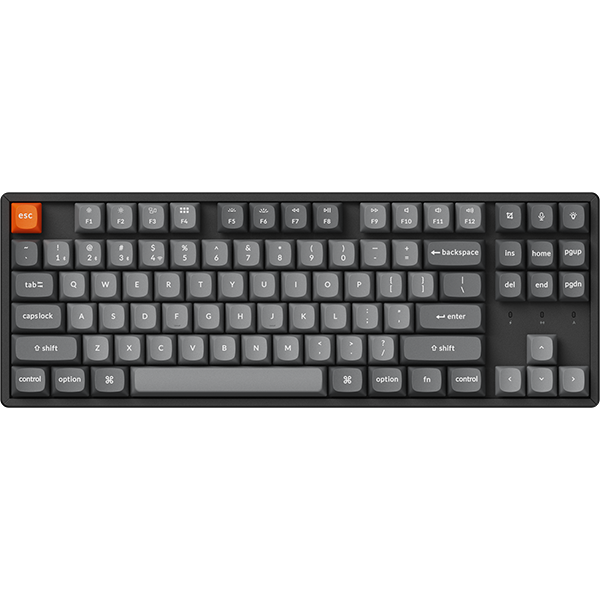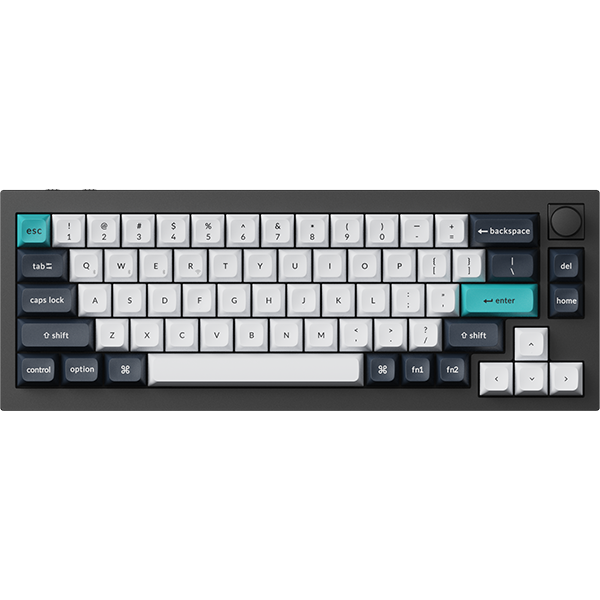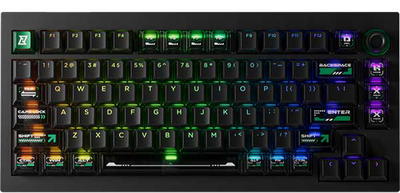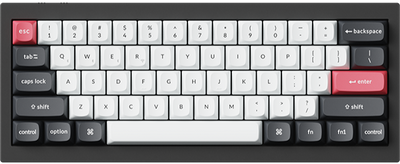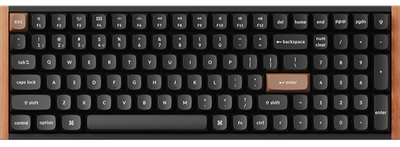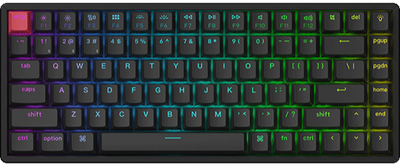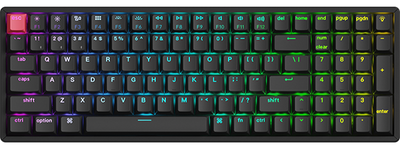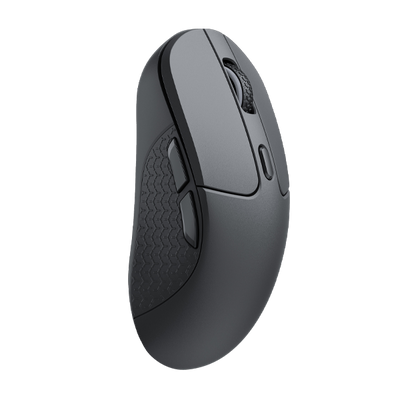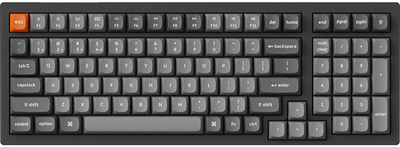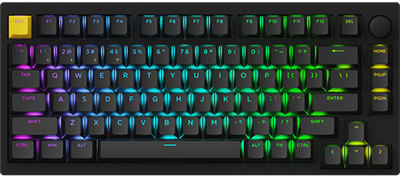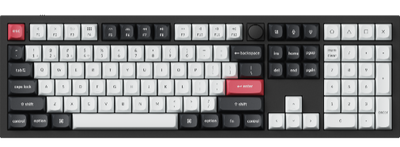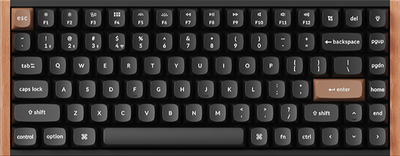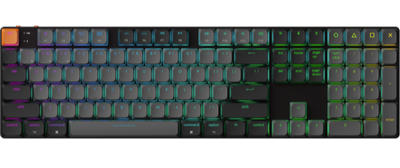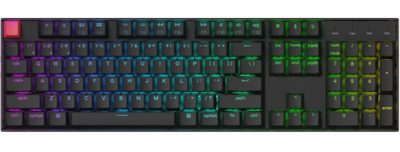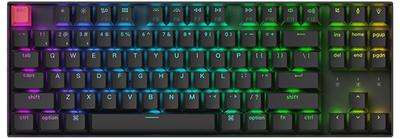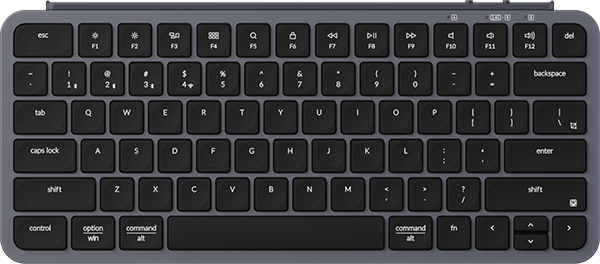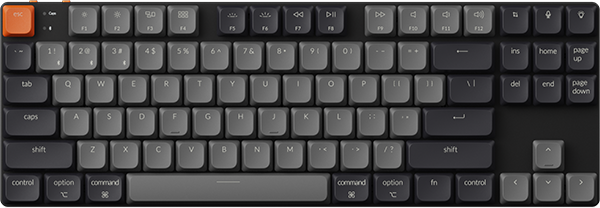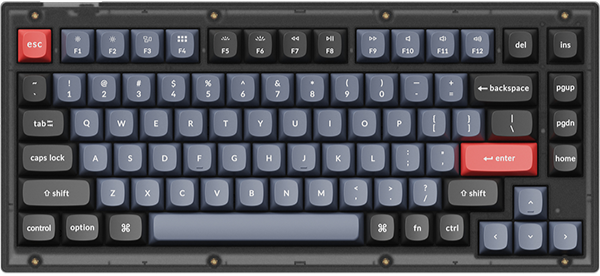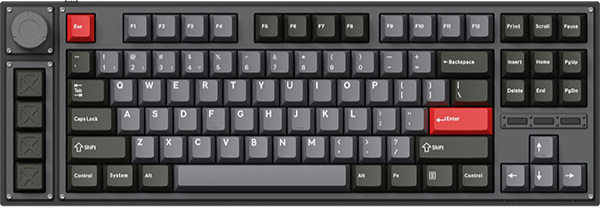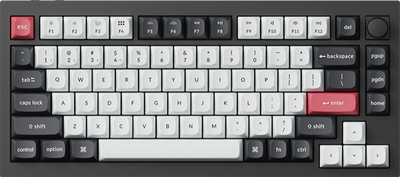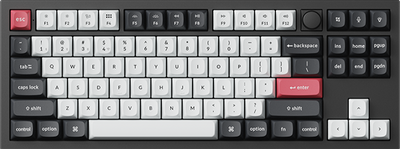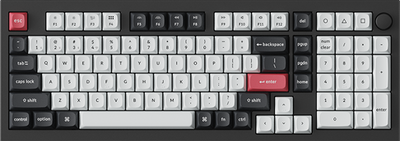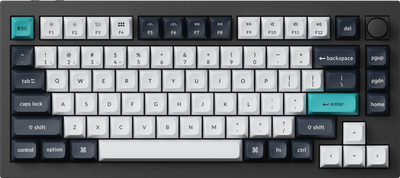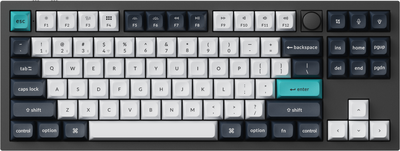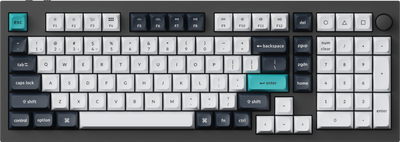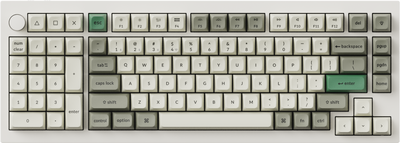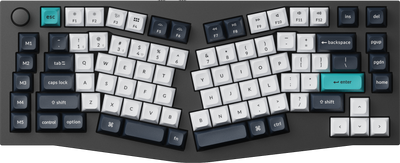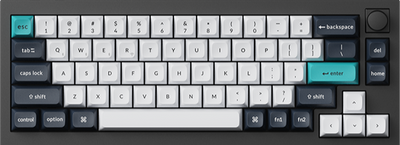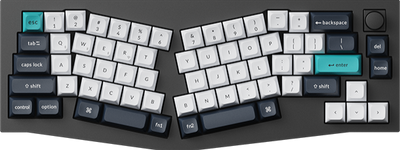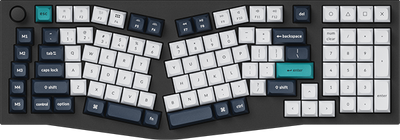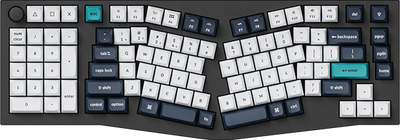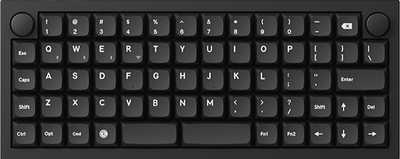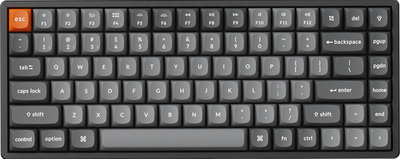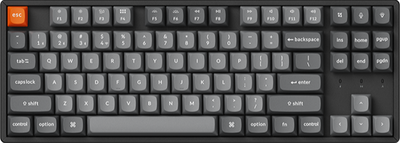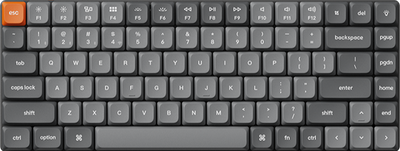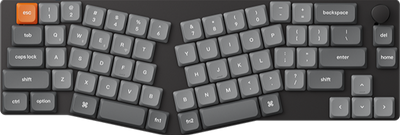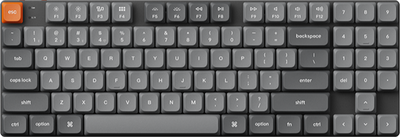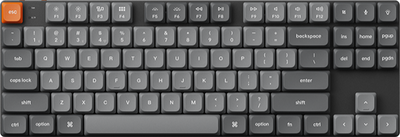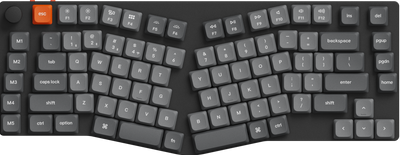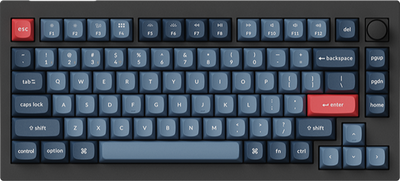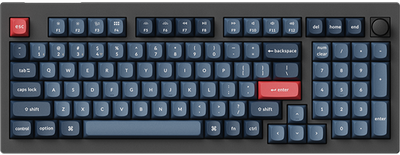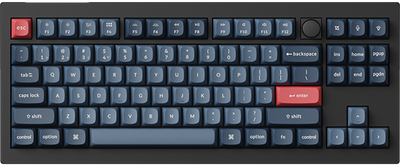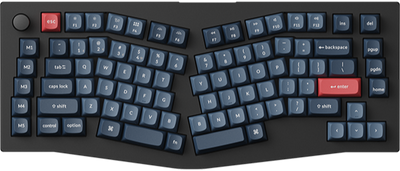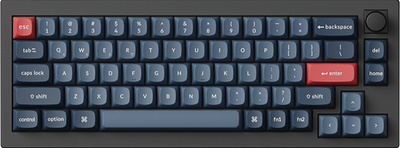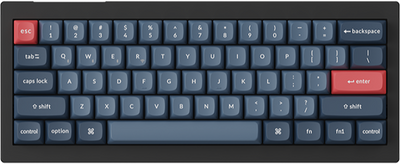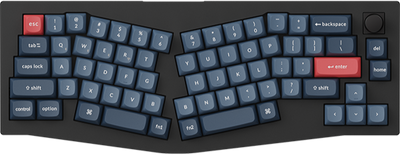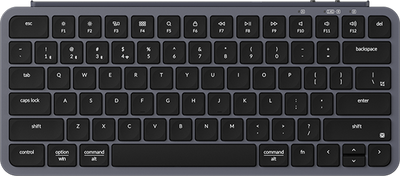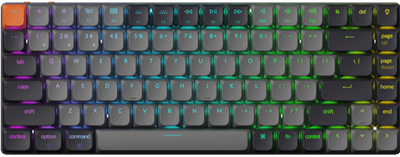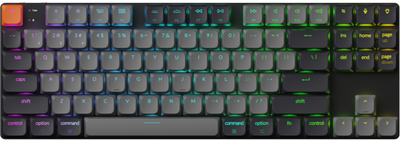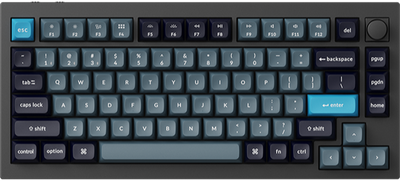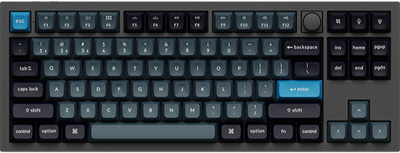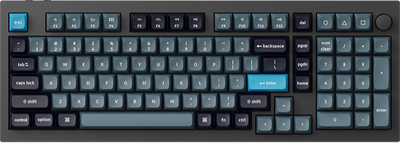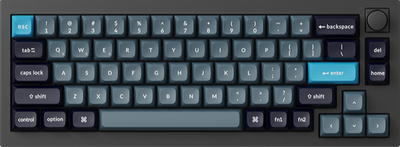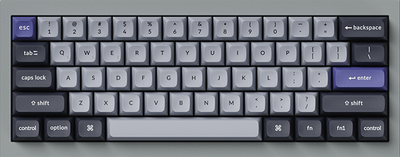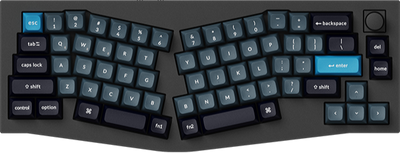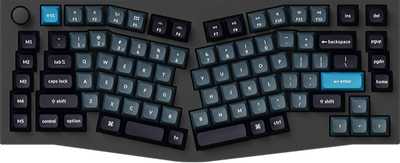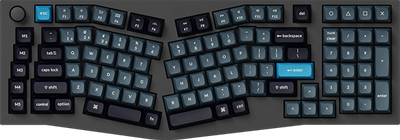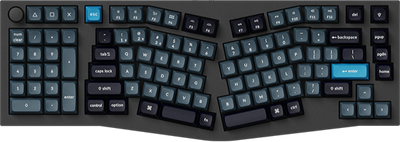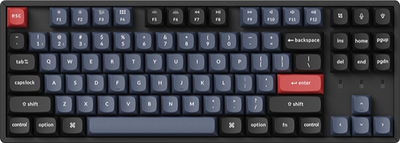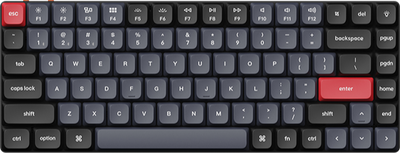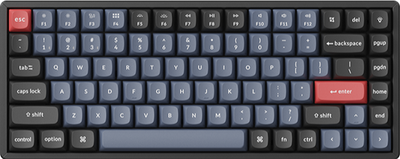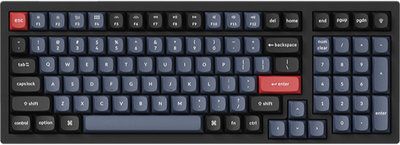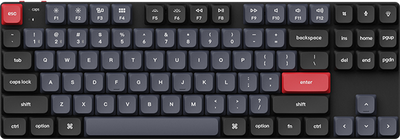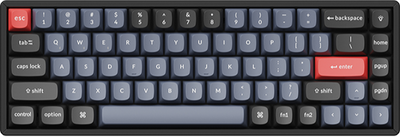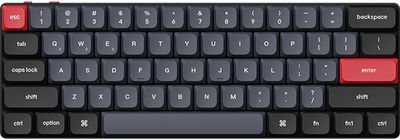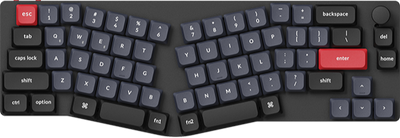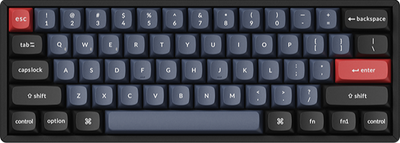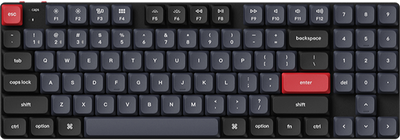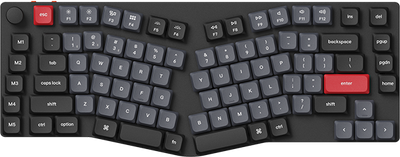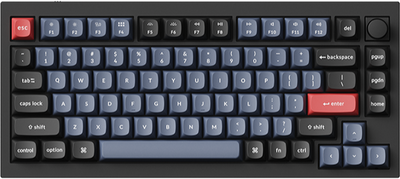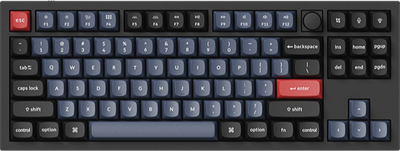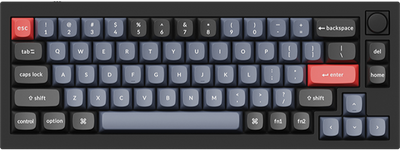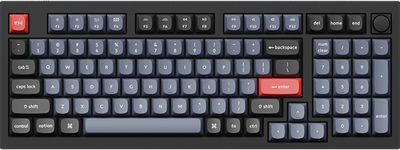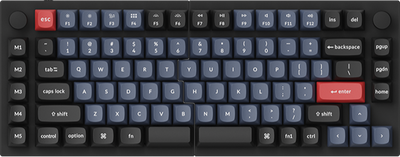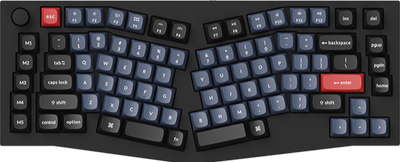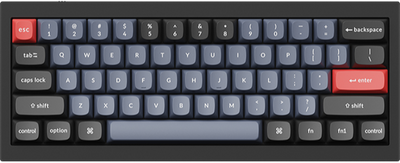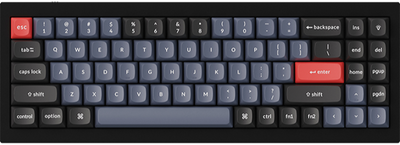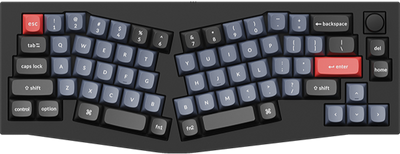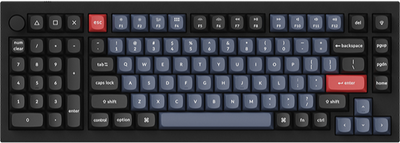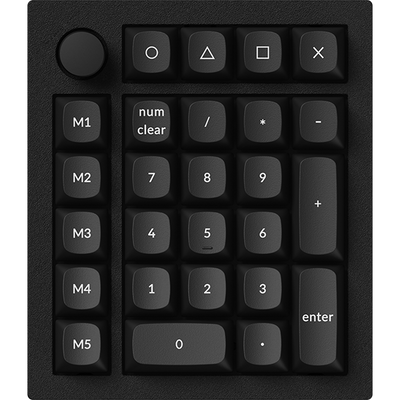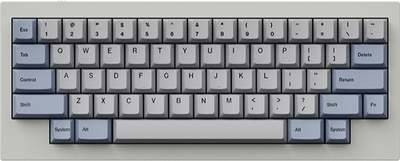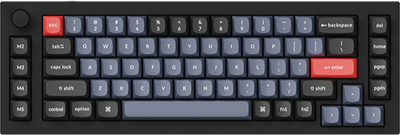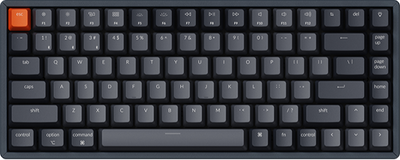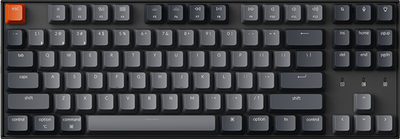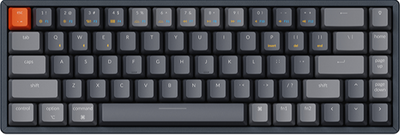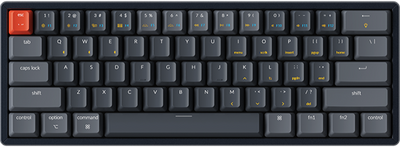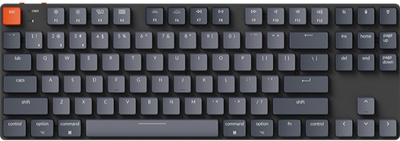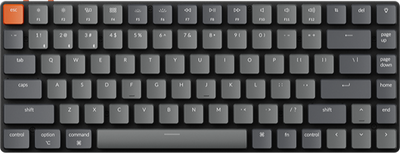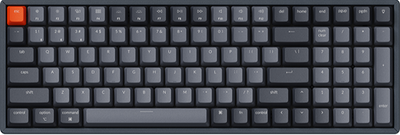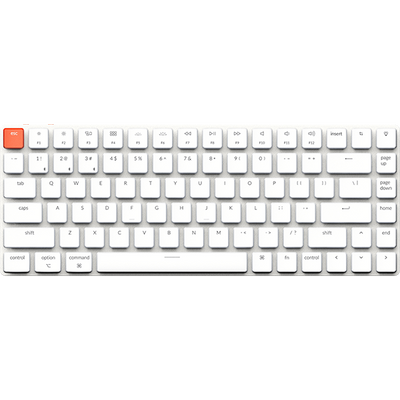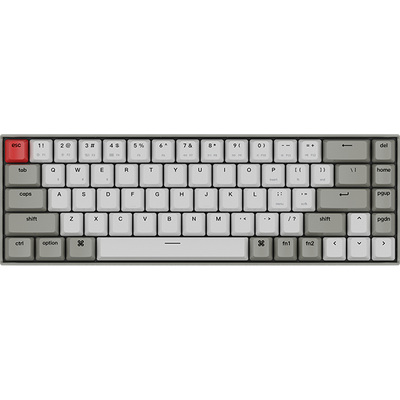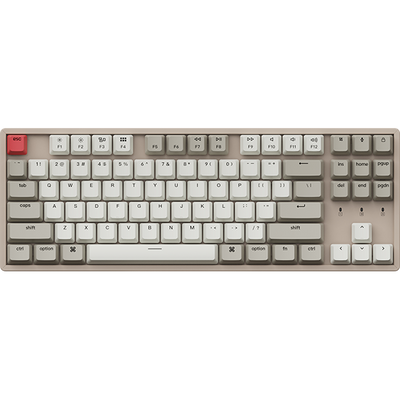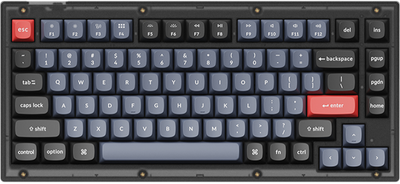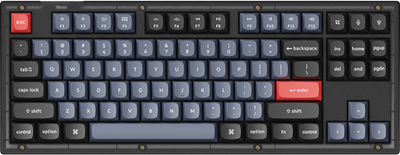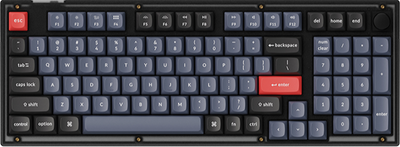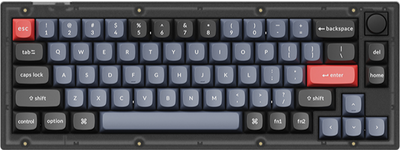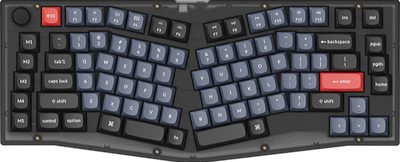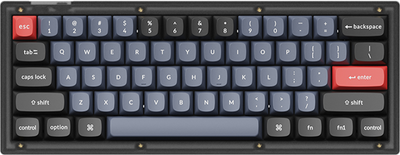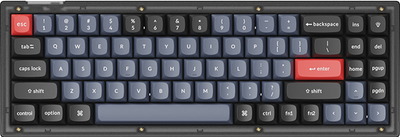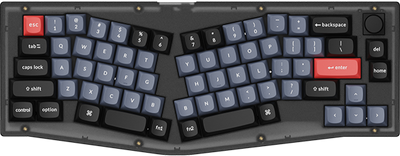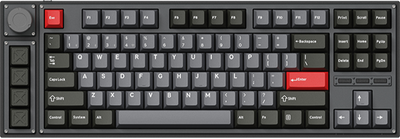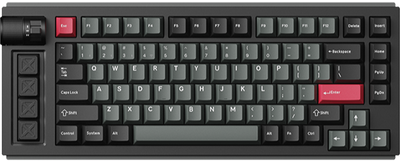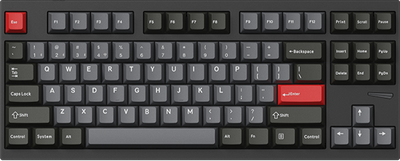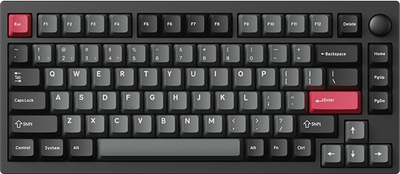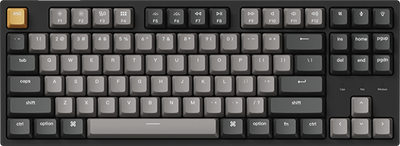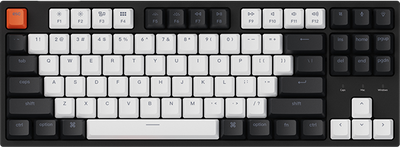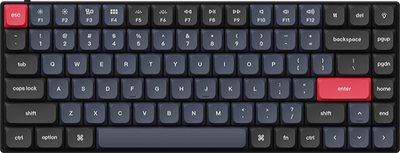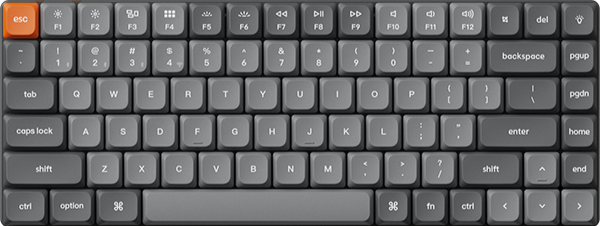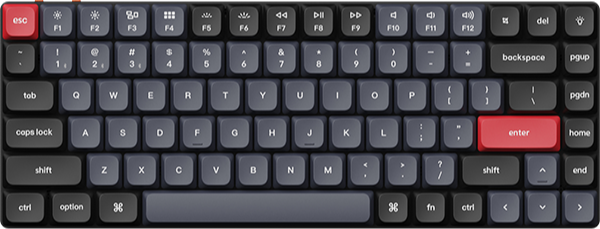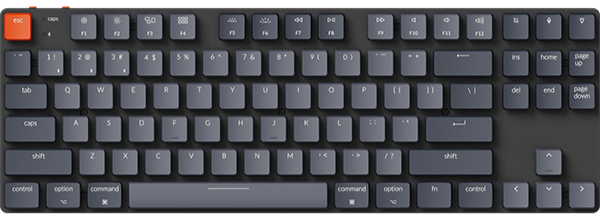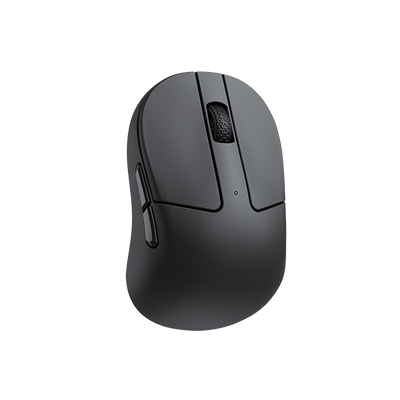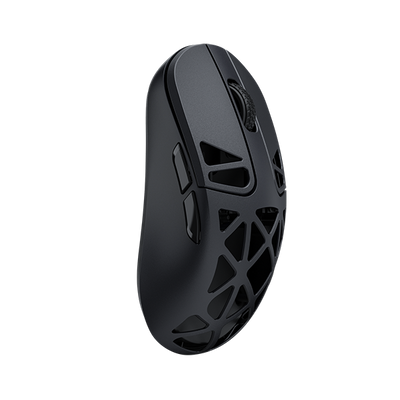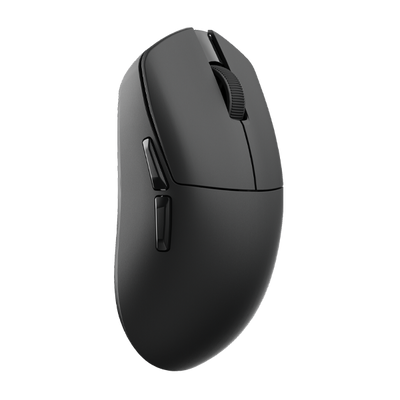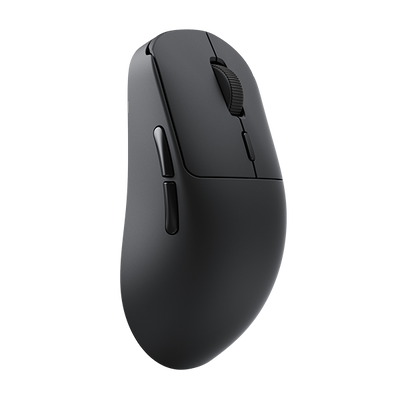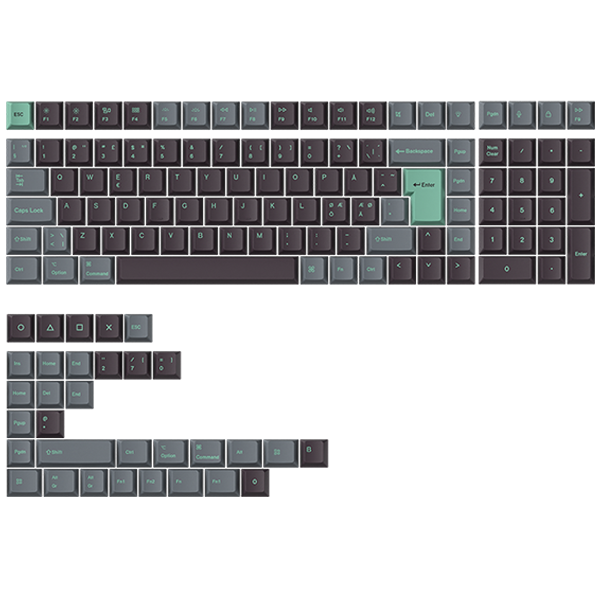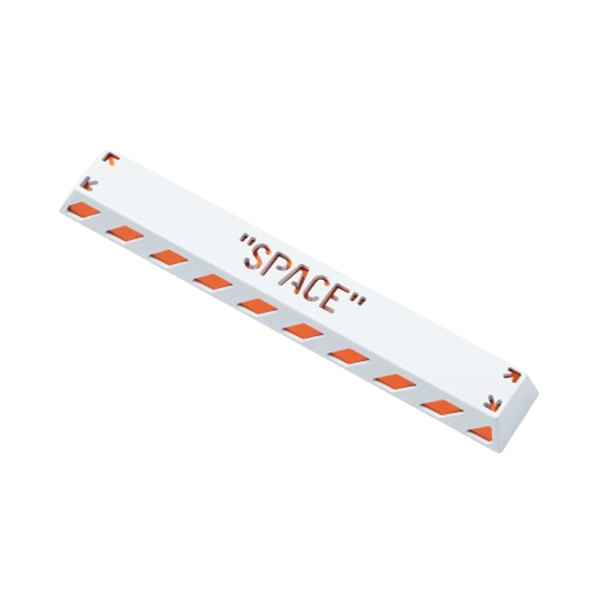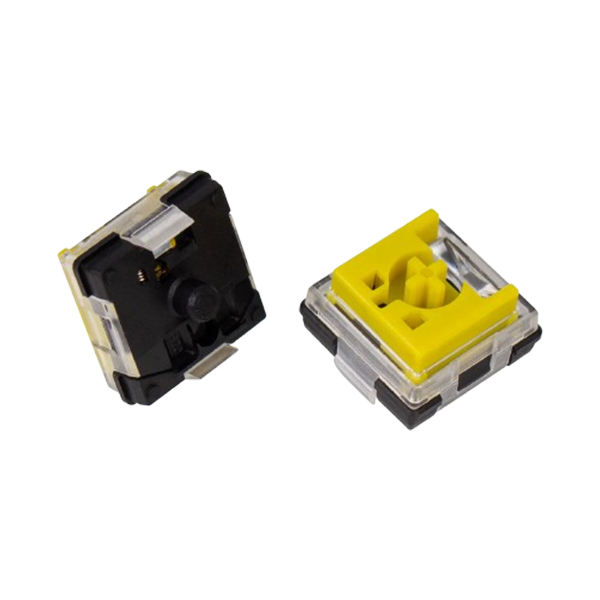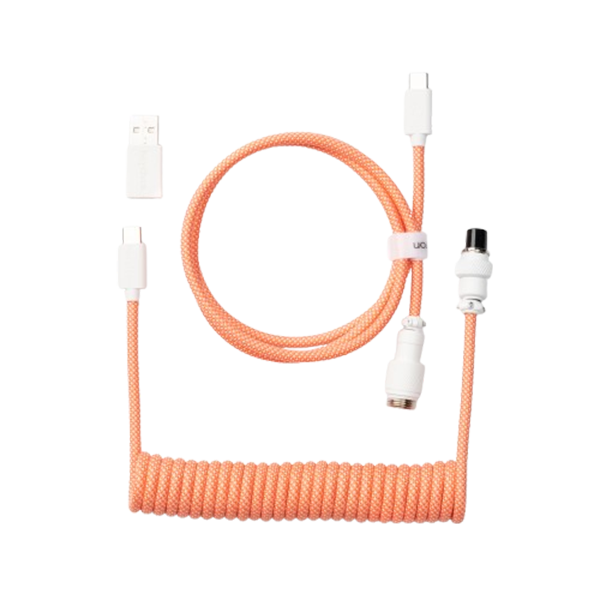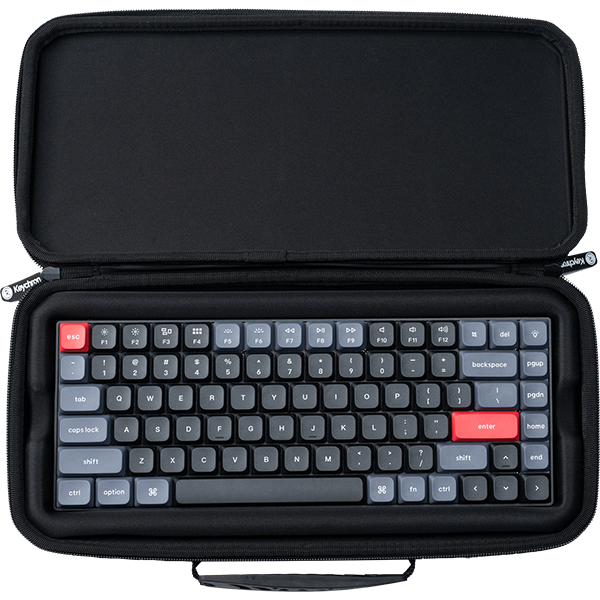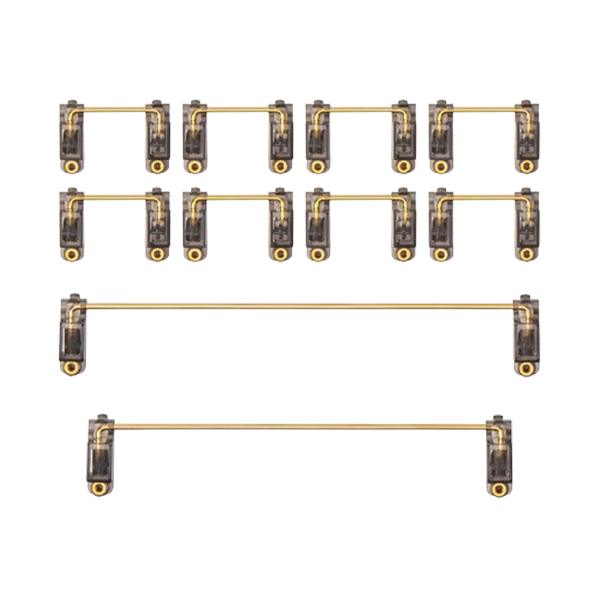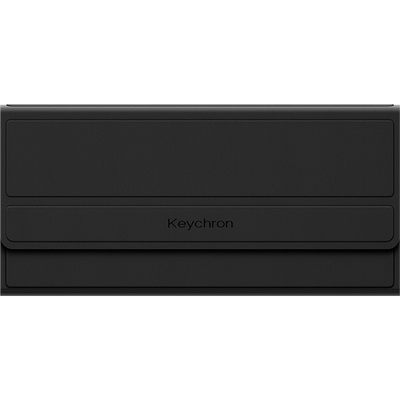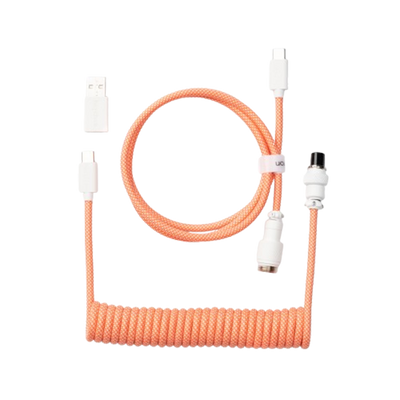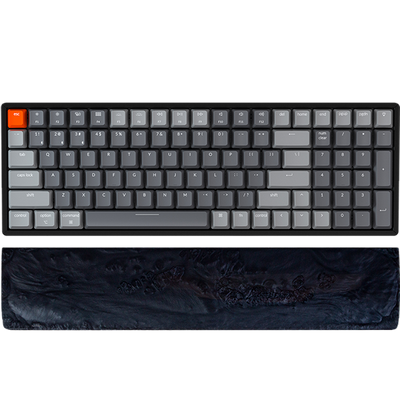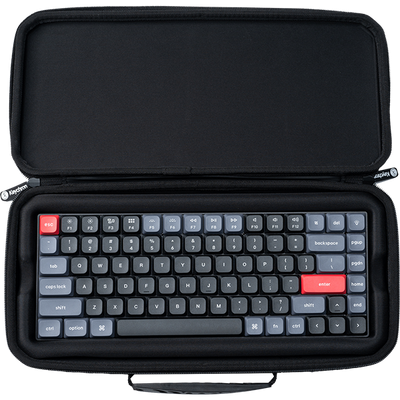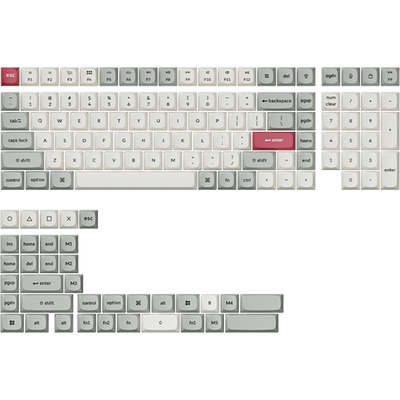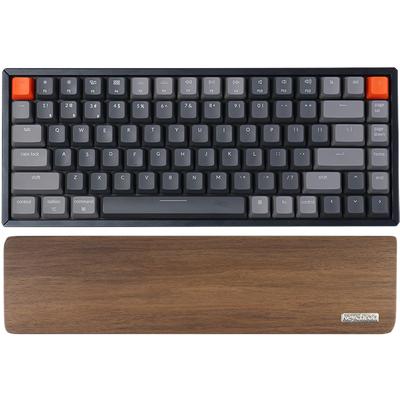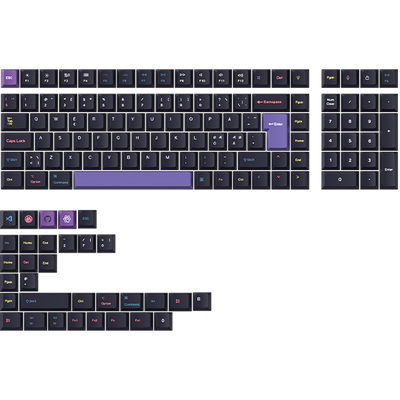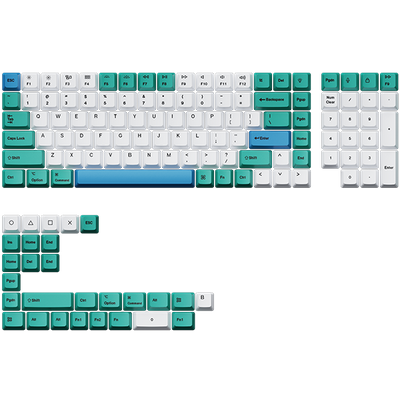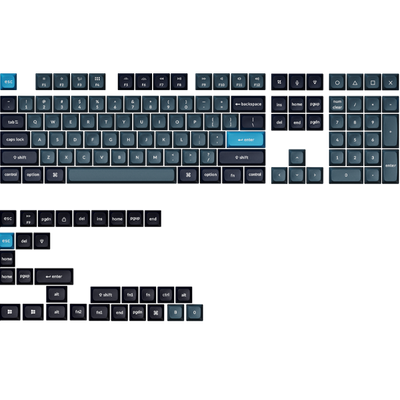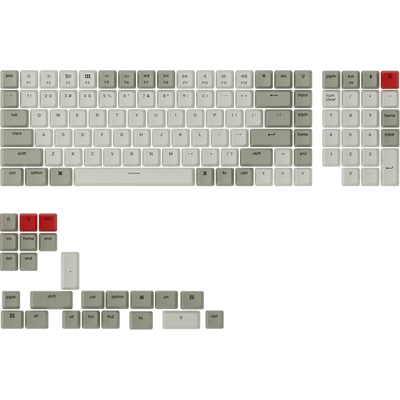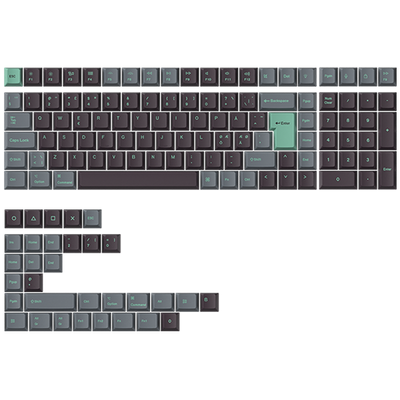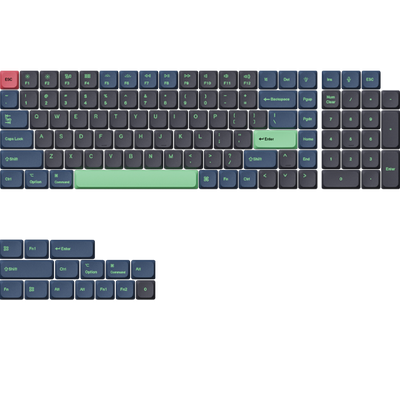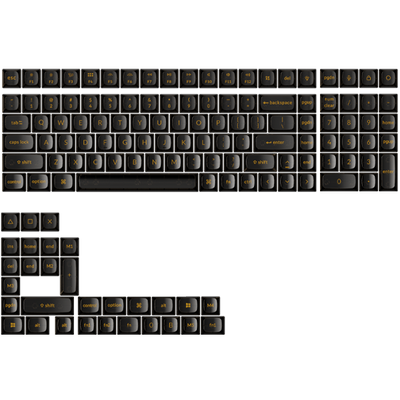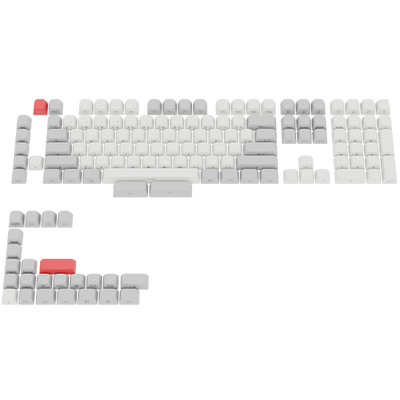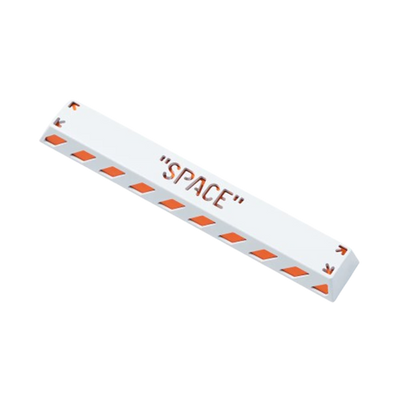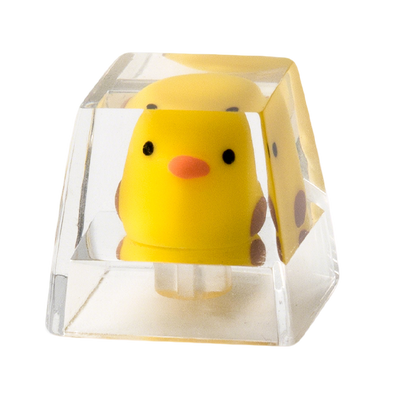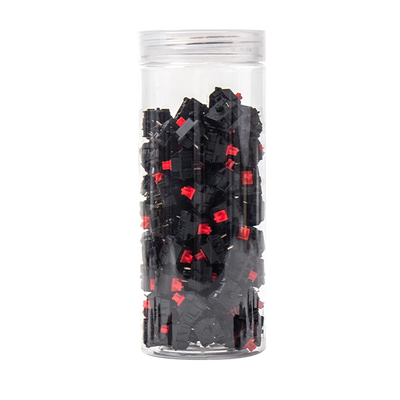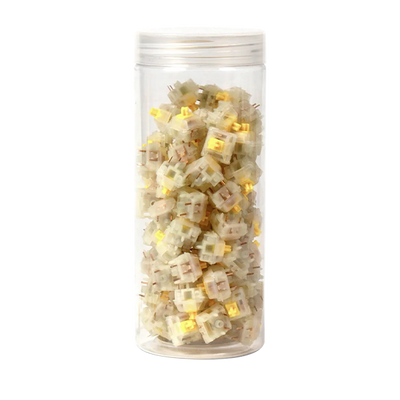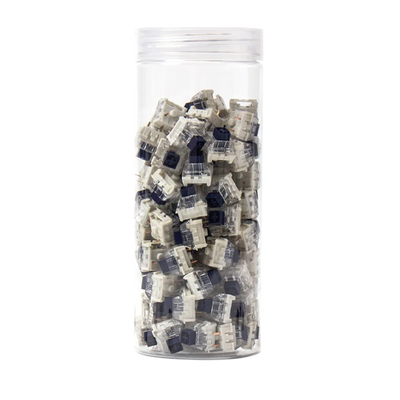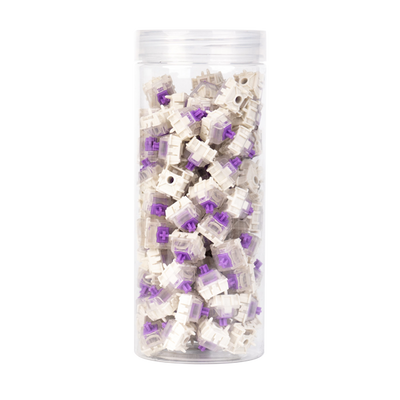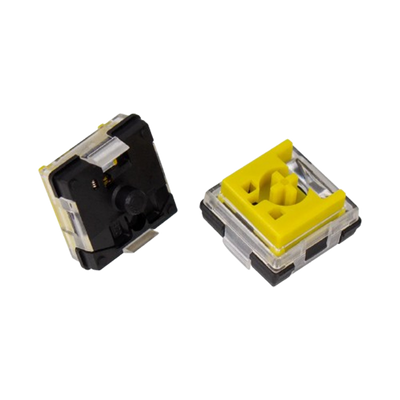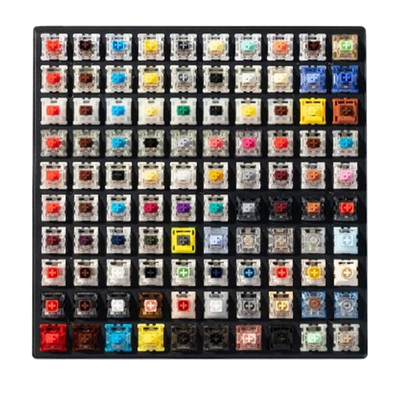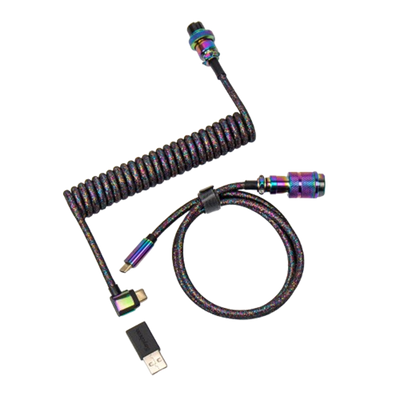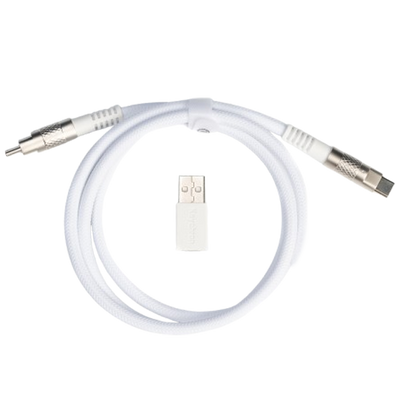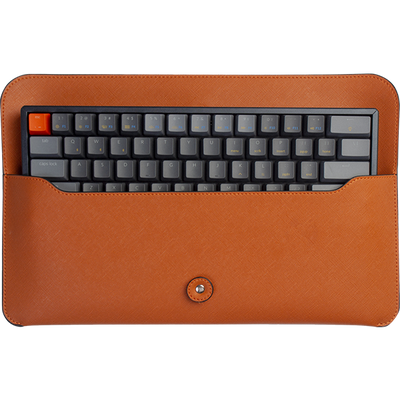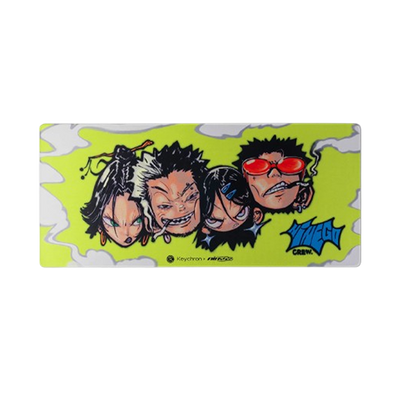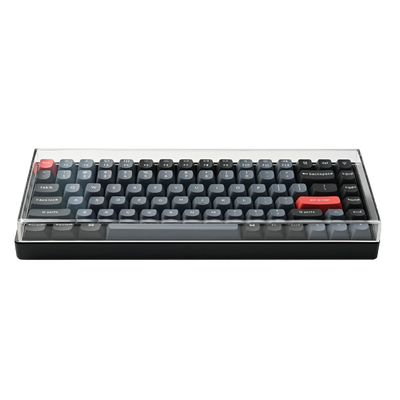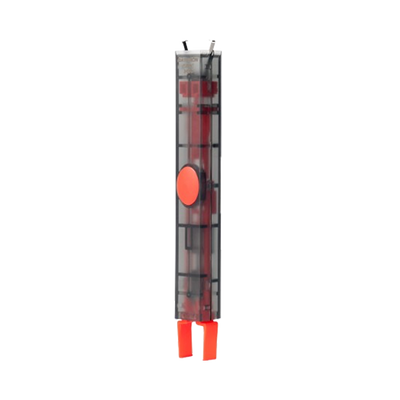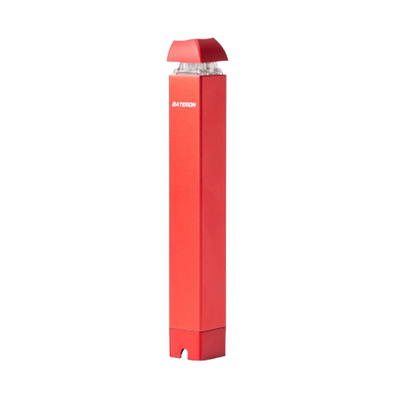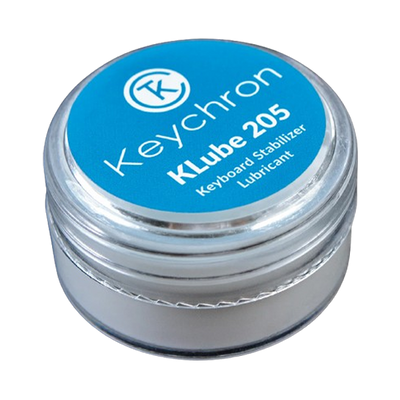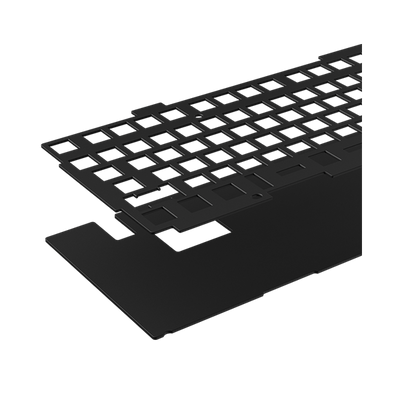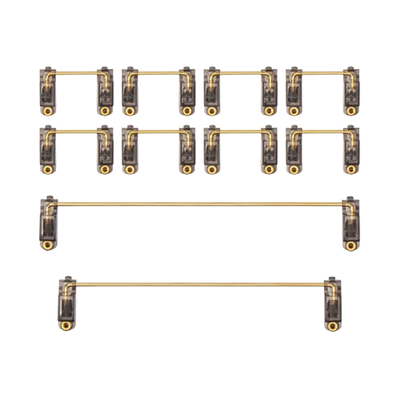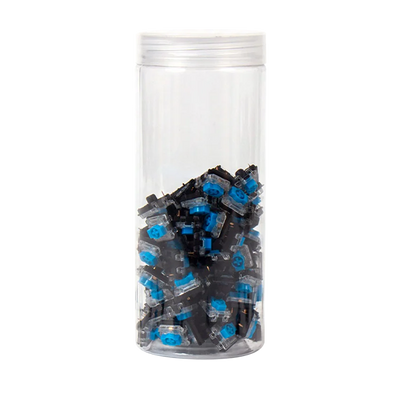Are you searching for the best keyboard for programming that can make your work more productive and comfortable?
Finding the perfect keyboard can truly transform your coding experience, but with so many options like compact keyboards, wireless keyboards, and mechanical keyboards, it can be hard to know where to begin.
In this article, we’ll explore some of the top-rated keyboards that are ideal for long coding hours and packed with features like programmable macro keys, customizable backlighting, and multi-device pairing.
Keep reading to discover the best keyboard that fits your programming needs and style!
Key Features To Look for in the Best Keyboard for Programming
When searching for the best keyboard for programming, consider several key features to enhance your coding experience.
- Ergonomics: Look for ergonomic designs that prevent wrist strain. Keyboards with split layouts or included wrist rests can make long coding sessions more comfortable.
- Switch Type: Decide if you prefer mechanical or membrane switches. Mechanical switches come in three main types: linear (smooth and consistent keystrokes), tactile (a slight bump for feedback), and clicky (audible clicks with each press). Membrane switches, on the other hand, offer a quieter and more affordable typing experience.
- Customization: Having options like hot-swappable switches, programmable keys, and robust software support such as the Keychron Launcher web app can personalize your setup to meet your coding needs.
- Size & Layout: Consider the size of the keyboard. A compact keyboard saves desk space, while a full-size keyboard includes a number pad, which may be necessary for some coding tasks.
- Connectivity: Choose between wired and wireless keyboards depending on your preference for flexibility or reliability.
- Durability: Focus on keyboards made with high-quality materials like aluminum frames and PBT keycaps, ensuring durability and long-lasting performance.
- Backlighting: Many programmers appreciate RGB lighting for both aesthetics and functionality in low-light environments.
Selecting the right features helps you find the best keyboard for coding, improving both comfort and efficiency in your work.
The Top 5 Best Keyboards for Programming in 2025
These keyboards cater to different needs, from budget options to ergonomic designs. Whether you're a beginner or a seasoned coder, there's something here to fit your requirements.
Keychron V5 Max: Best Budget Keyboard For Programming
🛒 Keychron V5 Max QMK/VIA Wireless Custom Mechanical Keyboard
The Keychron V5 Max is popular for those seeking premium features on a budget. It comes with a 96% layout and offers both wired and wireless connectivity, making it versatile for various setups. The switches are customizable, allowing you to choose between tactile, clicky, or linear types.
Pros: Affordable, versatile connectivity, customizable switches.
Cons: Limited low-profile options, slightly bulky for travel.
Best Use Case: Ideal for home offices where you might switch between wired and wireless connections frequently.
Keychron K5 Max: Best Mid-Range Keyboard For Programming
🛒 Keychron K5 Max QMK/VIA Wireless Custom Mechanical Keyboard
The Keychron K5 Max is perfect if you're looking for portability with a mid-range budget. It features a low-profile design, which is great for those who prefer a lighter touch while typing. The keyboard offers Bluetooth, 2.4G, and wired connectivity, making it easy to use with multiple devices.
Pros: Low-profile keys, portable, easy Bluetooth connection.
Cons: Not as customizable, limited ergonomic support.
Best Use Case: Great for remote work and travel where space and weight are concerns.
Keychron K10 Version 2: Best Affordable Keyboard For Programming
🛒 Keychron K10 QMK Wireless Mechanical Keyboard (Version 2)
The Keychron K10 Version 2 stands out as an affordable choice for beginners who prioritize portability. It’s compact and lightweight, yet it doesn’t compromise on essential features like adjustable white LED backlighting and Mac/Windows compatibility.
Pros: Affordable, portable, user-friendly setup.
Cons: Basic features, less durable build compared to higher-priced models.
Best Use Case: Suitable for students or hobbyists starting with programming who need a simple, reliable keyboard.
Keychron Q6 Max: Best Ergonomic Keyboards for Long Coding Hours
🛒 Keychron Q6 Max QMK/VIA Wireless Custom Mechanical Keyboard
For those spending long hours coding, the Keychron Q6 Max provides ergonomic support. It boasts a premium build and offers a gasket-mounted design, which enhances typing comfort. The keyboard also supports hot-swappable switches, adding to its customizable appeal.
Pros: Ergonomic design, high durability, customizable switches.
Cons: Higher price point, slightly heavier.
Best Use Case: Excellent for full-time programmers seeking ergonomic comfort for extensive coding sessions.
Keychron Q6 HE: Best Mechanical Keyboard for Programmers
🛒 Keychron Q6 HE QMK Wireless Custom Keyboard
The Keychron Q6 HE is another budget-friendly option that doesn’t skimp on quality. It’s designed for those who need both premium features and affordability. The Q6 HE keyboard has more customization features in Keychron Launcher and is more suitable for programming.
Pros: Mechanical switches, ergonomic layout, robust build, and more customizable.
Cons: More expensive finish compared to Q6, fewer design options.
Best Use Case: Perfect for programmers seeking the best mechanical keyboard with ergonomic features and a passion for customizing switches.
Mechanical vs. Non-Mechanical Keyboards for Programming
When choosing the best keyboard for coding, it helps to consider the differences between mechanical and non-mechanical options.
Mechanical Keyboards
Mechanical keyboards offer tactile feedback with each keypress, which can enhance your typing experience. They usually have a variety of switches, allowing you to customize your keyboard to your liking. If you code for long hours, the robustness and durability of mechanical keyboards can be beneficial.
Pros:
- Durable with a long lifespan
- Customizable switches for a personalized feel
- Tactile feedback is satisfying for many users
Non-Mechanical Keyboards
Non-mechanical keyboards are typically lighter and slimmer, making them more portable. They are ideal for shared work environments because they usually produce quieter typing sounds. This can be important if you're in a space where noise might disturb others.
Pros:
- Quiet typing ideal for shared spaces
- Lightweight and portable
- Often more affordable than mechanical options
Use Cases
Mechanical keyboards are great for long coding sessions where comfort and feedback are essential. On the other hand, non-mechanical keyboards are excellent for offices or libraries due to their quiet nature.
Expert Tip
To find the best programming keyboard for you, consider testing both types in-store. This allows you to experience the typing feel and sound firsthand before making a decision.
Compact vs. Full-Size Keyboards: Which Is Best for Programming?
When deciding between compact and full-size keyboards for programming, think about your needs and workspace.
Compact Keyboards
Compact keyboards, often 60% or 75%, are great for those on the go. They save desk space, making them ideal if you have a minimalist setup. Featuring fewer keys, they often rely on key combinations to access functions found on larger keyboards.
Pros:
- Portability: Easy to carry and store.
- Minimalist Design: Simple look and small footprint.
Cons:
- Limited Layouts: Lack of dedicated function keys and numpad can be challenging for tasks requiring frequent number input or shortcuts.
Full-Size Keyboards
With a full layout, these keyboards include a dedicated numpad and function keys. They are well-suited for long hours of coding because they provide quick access to various commands and shortcuts without needing combos.
Pros:
- Comfort: The number pad and function keys make extended coding sessions more efficient.
- Convenience: Direct access to all keys without shortcuts.
Cons:
- Size: Larger and may require more desk space, limiting ergonomic setups.
Making the right choice between compact and full-size keyboards depends on the kind of work you do and your personal preferences. If portability and a clean desk are your priorities, compact keyboards might be the way to go.
For those who value functionality and don't mind the extra size, full-size keyboards are ideal.
Wireless vs. Wired Keyboards for Programming
When deciding between wireless and wired keyboards for programming, consider what matters most to you.
Wireless Keyboards
Wireless keyboards offer great portability. They let you work from different locations with ease. This option can help keep your desk setup clean and clutter-free. They often support multi-device pairing, allowing you to connect with various gadgets.
Wired Keyboards
Wired keyboards excel in low latency, making them reliable for tasks requiring quick responses. You never worry about charging them. This is essential if you spend long hours at your desk or if you are a gaming developer.
Expert Tips
If you often work remotely or switch between devices, a wireless keyboard might be your best fit.
For those who prioritize quick and reliable connections, wired keyboards are ideal. They provide unwavering performance.
Key Points to Keep in Mind
- Wireless: Portability, clean aesthetics, multi-device pairing
- Wired: Low latency, reliable performance, no charging hassles
Conclusion: Finding the Best Keyboard for Programming
Choosing the right keyboard can greatly impact your productivity and comfort. A suitable keyboard reduces strain during long coding sessions and enhances typing efficiency.
Consider factors like keyboard layout, key switches, and connectivity options. A wireless model might be ideal if you need flexibility and mobility. For those who prioritize ergonomics, the Alice Layout Keyboards are a popular choice.
Revisit the recommendations to find the perfect fit for your needs. Each programmer has unique preferences, and there is a keyboard out there that matches your style, whether it’s for extensive typing or occasional coding.
Explore our top picks and elevate your programming experience today! Trying different types can lead you to a model that feels just right. Investing time in this choice can lead to more enjoyable and productive coding sessions.
🛒 Shop our mechanical keyboards now!
Frequently Asked Questions
Choosing the right keyboard for programming can significantly enhance your coding experience. Factors like keyboard type, size, and connectivity can all affect your comfort and productivity.
What is the best mechanical keyboard for coding?
Mechanical keyboards are popular among coders for their tactile feedback and durability. The Keychron Q5 Max is highly recommended. It combines great build quality with a pleasant typing experience, making it an ideal choice for long coding sessions.
Are wireless keyboards good for programming?
Wireless keyboards offer flexibility and can help maintain a clutter-free workspace. While traditionally wired keyboards were preferred for reduced latency, modern wireless options like the Keychron K10 QMK Version 2 provide reliable performance and connectivity suitable for programming.
Is a 60 or 65 keyboard better for programming?
Both 60% and 65% keyboards are compact and space-saving, perfect for minimalist setups. The choice depends on personal preference for layout. 65% of keyboards often include arrow keys and some function keys, which can be handy for coding tasks without taking up too much space.
Do I need a 100% keyboard for coding?
A full-size 100% keyboard includes a number pad, which is necessary for some users but not all. If your coding tasks involve numerous numerical entries, you might prefer a full-size keyboard. Otherwise, smaller models could be more comfortable and efficient for most coding activities.
Why do coders prefer mechanical keyboards?
Coders often prefer mechanical keyboards for their responsive switches and ability to register key presses more distinctly. The tactile feedback helps reduce typing fatigue during long work hours. Many also appreciate the customizable features and durability that mechanical keyboards typically offer.


